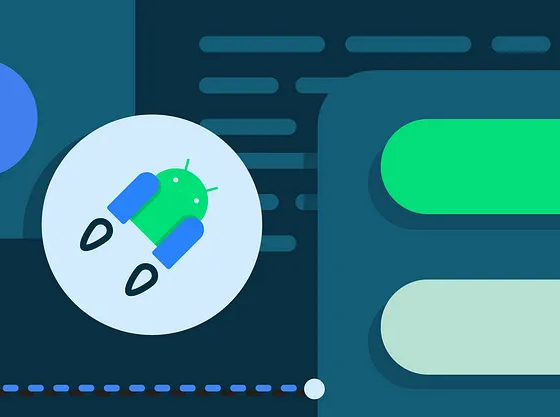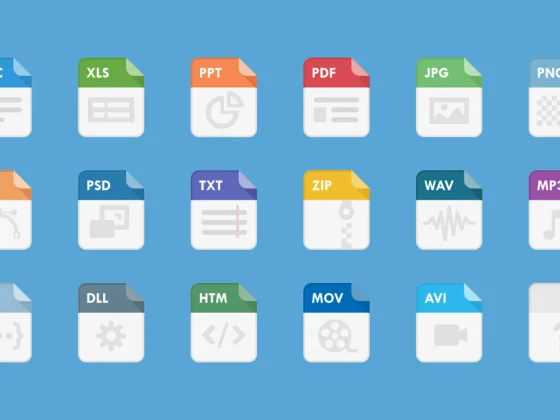3 of 3 — Monetize to win and grow to expand your app footprint
In the second part of the make your app shine series, we talked about how you can acquire and engage your target audience to build traction and gain more mindshare. Acquisition happens by rethinking some of the marketing elements like discovery, store listings, and pre-launch tactics like pre-registration.
We also talked about driving deeper engagement via retention and by paying attention to the installs, and analyzing some of the behavior patterns to replicate and scale for more conversions. For this, you could use some of the Google Play features like user reviews and ratings, acquisition reporting and personalization and engagement tools like LiveOps. Some other very interesting articles on retention recently for your reference here:
From our partners:
In the final part of this make your app shine series, we pick up the discussion at driving effective monetization and growing the app footprint globally. We will touch on some of the Google Play features as well as best practices to:
- Drive a healthy monetization strategy via subscriptions, in-app purchases or a hybrid model depending on the app. We will explore sales strategies and also touch on the importance of understanding analytics.
- Grow and scale your app footprint globally via the Google Play ecosystem. We will also touch on the importance of continuous integration with marketing strategies as well as managing user churn by establishing successful win back models.
Monetize to win
1. Monetization models
Although a broad topic at large, it is important to lay the foundation for this as the users trickle through the funnel for purchase, and are ready to swipe their card. It is critical to establish the perceived value clearly so the users feel comfortable to pay. This article talks about how behavioral economics tie in closely with the value of paid app subscriptions. Once you have connected with the user motivations, made your benefits stand out and established context, it’s time to think about what type of monetization models you should lean towards — subscriptions, in-app purchases or hybrid?
Subscriptions
With subscriptions, users are unlocking premium experiences within a set amount of time. After this time, the user will need to decide again if this value was worth it to pay for it again. So subscription services have to rank up high on the value meter consistently. The pricing strategy for subscriptions will have to account for this.
Discounts, free trials and introductory offers for example are a great way to show your value and let the user experience your service . Google Play offers a wide range of help from understanding subscription to app pricing via an integration of Google Play Billing library — a Global payment platform that handles checkouts so your app does not have to process financial transactions.
In-app purchases
In-app purchases tie in very closely with engagement. If the users connect with a specific feature or activity within the app, they will make an in-app purchase. So the importance of that hook becomes critical to drive more revenue via in-app.
In this context, also, it would be great to look at the monetization tree where each parent metric is a product of the child metrics beneath. Here the daily buyer percentages help to assess the monetization health. As a best practice, monetizing with a large % of players is always better than generating more revenue from high spenders. Always be on the lookout for for the signs and signals of sub-optimal monetization
Once you have modeled this and have the numbers for each of the KPIs (and you can learn how to do that here or visit our Play Academy for specific courses like monitoring KPIs).
In-app billing purchases — as part of the app or game using in-app billing is another important promotional strategy. As a best practice, usually, it is best to make the app available for a free download with limited features or full features for a limited time and then use in-app purchase to unlock the full, unlimited app.
From a best practices perspective before determining subscriptions or in-app monetization models, there’s some legwork:
- Map out your core set of features and value offerings and determine which ones are your free baseline.
- On the additional features then, you determine which will follow the in-app pricing vs. subscription model.
- Before determining the pricing cadence, it will be important to do a feature evaluation by assessing appeal and feedback from users.
- From there, the first set of pricing offers/options to consider would be intro (upgrading from a free trial) and discount pricing (that might apply to a set number of billing periods). The subscription support help page explains all the details on how to add these.
- Next in the chain, would be to determine the various subscription tiers and the price points for those. It is very important to consider all the local factors when setting up the prices. And running A/B experiments to determine which type of pricing tier works for you users is not a bad idea.
- Integrate with Google Play APIs to sell:
- Products with one time charge like in-game currency (the target being games in this case
- Products with additional features like premium upgrades
- Access to content or services for a recurring fee
- Learn how to use in-app notifications and features like remote configurations and look and feel of the app
- Last but not the least, manage and track all your orders via the Google Play Console
Using Google AdMob — Google AdMob is a smart monetization platform for apps that helps to maximize revenue from ads and in-app purchases. AdMob works with millions of advertisers to compete for ad space, while you stay in full control of the process to maximize earnings. Visit the Google AdMob page for more info.
2. Sales strategies — promotions, discounts, and intro price offers
- Promo codes — promotions or promo codes help to give one-time products or trials to subscribers free of charge to a limited number of users. The users enter this in the app to take advantage. A very useful sales strategy to drive adoption of products.
- Intro prices offers — Intro price is offered when the user is upgrading from a free trial or to encourage users to try your app. This could be a discounted price that applies to a set number of billing periods. All of these eligibility settings and creation of introductory pricing can be managed via the Google Play Console. You will have to navigate through the subscription section to set up the discounts.
- Discounts — discounts can be used to winback over customers after a churn. Discounts can also be offered to select customers if they’re converting over from a free trial. You can provide the offer in your app, or you can notify the user of the offer outside of the app, such as in email.
3. Conversion analytics
Although we talk about analytics towards the end of monetization strategy, this is perhaps the most important piece. Understanding conversion analytics to understand purchasing patterns is important to manage growth and retention. Effective monetization is driven by increasing both new and returning users.
Also, make sure to track metrics and statistics such as average revenue per paying customer, daily active users and average daily revenue from new installs and returning users, to see how both the user base and revenue are growing. So if your user base is growing and your revenue is not, then you know why.
The subscription reporting feature helps to interpret in-app subscription performance. It allows you to monitor subscriber growth, analyze subscriptions and cancellations, and compare retention by cohorts.
Also, think about setting up Google Analytics for Firebase to understand how your users behave. From that data, you can get detailed insights into app usage and user engagement. These insights can help you improve conversions by making informed decisions regarding app marketing and performance optimizations.
Grow for larger footprint
1. Think global, act local
Growth happens by expanding the app footprint across different countries. Google Play offers the Android Go edition to help grow in the global markets. With Go, you can build on geo-specific features that users care about the most. Marketfinder from Google offers a diverse range of resources to explore markets, plan operations and market your business.
2. Act on churn
One of the key strategies to accelerate growth is to understand and act on churn. What are the types of churn (voluntary and involuntary) and how do they happen? On the analytics side, establish clear predictors like change in engagement patterns, points of churn, and rates of churn. On the app and product feature side, constantly reinforce the value of the app via helpful reminders and personalization of content. On the marketing strategy side, communicate lucrative offers for renewals and use insights to win back.
3. Optimize marketing and product to grow globally
Just like offers and other win back strategies help to reduce churn, there is always a constant fine tuning of marketing required to manage the growth of your app..
a) Build an advertising strategy to attract new users or to encourage existing users to drive more in-app purchases or to start a subscription to your app.
b) To continue to optimize your app, always keep a tab on the reviews, run A/B experiments with custom store listings, and track acquisition reporting trends.
c) Use the statistics feature to query, explore and compare exclusive metrics about your app from across Play Console.
What do you think?
Do you have thoughts on how to monetize and grow or any stage of the developer’s journey after reading the make your app shine series articles? Let us know in the comments below or tweet using #AskPlayDev and we’ll reply from @GooglePlayDev, where we regularly share news and tips on how to be successful on Google Play.
Source: Medium by Padminimurthy
For enquiries, product placements, sponsorships, and collaborations, connect with us at [email protected]. We'd love to hear from you!
Our humans need coffee too! Your support is highly appreciated, thank you!








